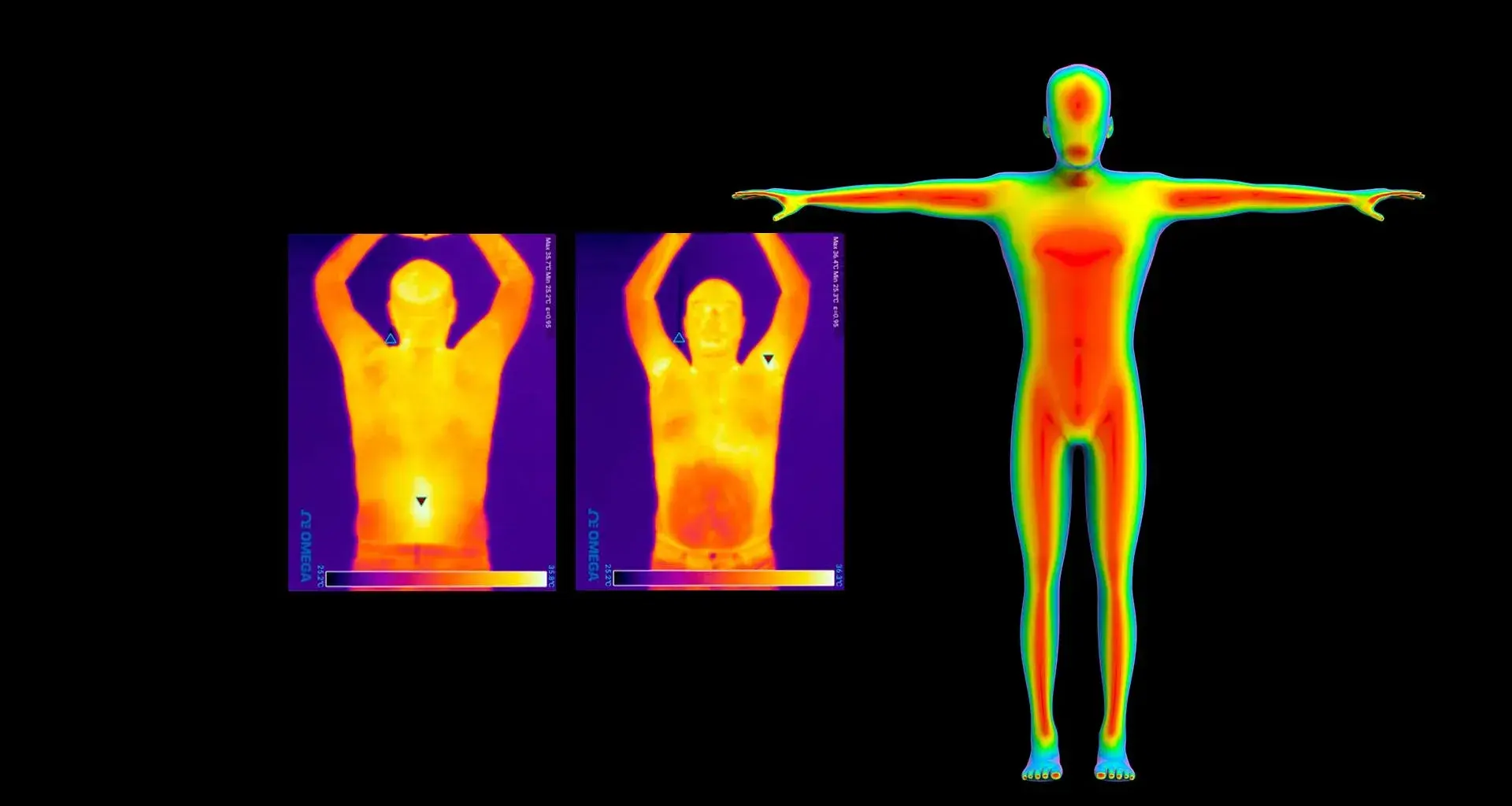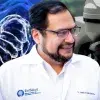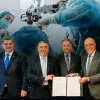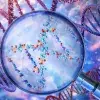TecSalud and MIT researchers are collaborating on the development of a rapid early detection system for COVID-19 using infrared cameras and artificial intelligence.
José Tamez, a TecSalud researcher, explained to CONECTA that the COVID-19 Thermal system analyzes temperature and respiration patterns in sick people by taking body heat readings from the back, chest and face.
“In addition to the variation in temperature, we also look for breathing patterns, which are different in sick people,” he said.
“It’s like when the doctor examines you with a stethoscope and tells you to breathe but, instead of being in direct contact, we’re going to be at a distance by using infrared technology,” he added.
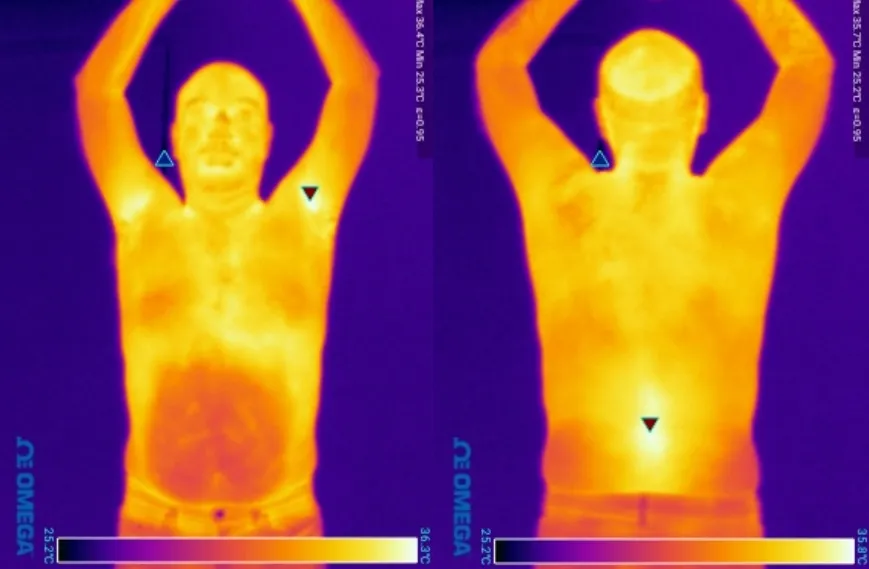
The main idea for developing a medical device with a broader application, in collaboration with MIT, came from Guillermo Torre, rector of TecSalud.
“This project, in which TecSalud is collaborating with researchers from the highly prestigious institution that is MIT, reflects the collaboration and effort needed to deal with the spread of COVID-19 more quickly,” said Torre.
“Without a doubt, it will produce great results that are useful in the short term.”
Víctor Treviño, leader of the Bioinformatics Clinical Diagnosis group at TecSalud, applauded the Tec-MIT collaboration for carrying out this important research.
“This project is a product of that collaboration. MIT has provided us with the cameras we’re using. We’ll eventually share these data for joint research,” said Treviño.
WHAT ARE THE ADVANTAGES?
This method has the following advantages in the fight against the pandemic:
- Early detection of COVID-19
- Large numbers of tests can be carried out in a short time
- Safety for medical staff
“It’s a test in which users don’t come into contact with people who have COVID-19, so they’re not exposed to the risk of contagion. What’s more, it allows us to get a diagnosis result quickly,” said Tamez.
HANDS UP!
The test can be carried out in an adapted space, like a booth or a room, in which the infrared camera has been installed.
Patients must remove clothing from their upper body (from waist to head) so as to prevent the clothing interfering with the temperature reading. Women can keep their top or bra on.
During the data validation phase, 4 videos of the person are recorded, one from each side (front, back, right and left sides), taking their body temperature reading while they hold their breath for 10 seconds.
An algorithm then analyzes the results and compares them with those that already exist, using a neural network, to find out if there are any anomalies.
“Data capture is done technologically and is a quick procedure. When using the camera, you know whether the person is likely to have COVID-19 or another respiratory disease because the analysis is instantaneous.”
“(We look for) small breathing patterns that are linked to the disease. For example, if a lung is damaged, we might be able to diagnose which area of the lung, the skin temperature, and the breathing rate,” said Tamez.
A LARGE-SCALE OPTION
Servando Cardona, TecSalud’s national director of clinical research, told CONECTA that one of the virtues of the system is that it would permit large-scale testing.
“Imagine that you place these cameras outside a school, a bank or an airport, which are the places with the highest volume of people, and they allow you to recognize people’s temperature patterns and detect whether or not they have COVID-19,” he explained.
“The idea is to screen 50 out of 50 people to detect those who are at high risk of having COVID-19, and then separate them for a definitive diagnostic test.”
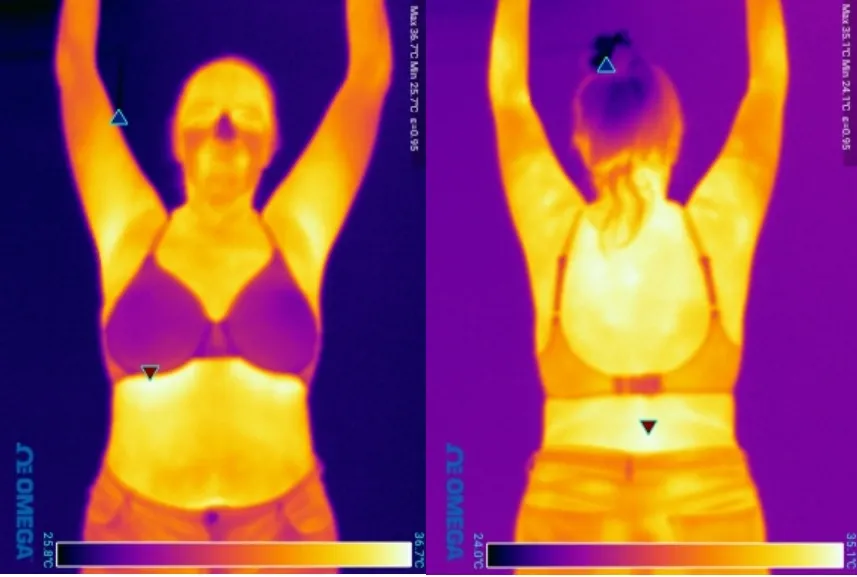
A TEC-MIT COLLABORATION
The collaboration between researchers came about when MIT (in its search for international collaborators) wanted to test the use of technology to search for patterns in infrared images of the face.
This was when the Tec joined the project, as both doctors Tamez and Treviño have experience working with these types of images for diagnosing breast cancer and other diseases.
Dr. Treviño explained that each group of researchers will use their own processes to undertake the same challenge, which will result in a greater impact.
“I really believe that either type of technology will produce results. We’ll have to see which one provides greater precision, and in which cases. The device could even be a combination of both processes,” said Treviño.
“It’s a very important validation. If it were just the Tec, the impact would, perhaps, be more local, but here we are talking about an international collaboration. So, we have a global impact,” said Tamez.
The MIT researchers in charge of the project are Regina Barzilay and Adam Yala, who have previously worked on methods for the early detection of cancer, just like Tamez and Treviño.
GETTING OFFICIAL AUTHORIZATION
Dr. Treviño clarified that the project is in the testing and data collection phase with COVID-19 patients.
Initially, the project was also included as part of CONACYT’s national call for proposals, but the results of that competition are not yet known.
“The Tec decided that this was a priority project and not to wait for the results of the call for proposals, but rather to continue with the project regardless of whether we get funding from CONACYT or not.”
It will probably be August when they can carry out a complete pilot study in which they will test which algorithms are best for diagnosis.
“The first stage is to see whether there is any difference between people who have COVID-19 and those who do not. We’re still at an early phase. If we get through this first stage, the next thing to do is put everything together and present it to both Cofepris and the FDA,” added Tamez.
Dr. Treviño stressed that they have also received support for testing from the San José and Zambrano Hellion hospitals, as well as from junior doctors who are students at the Tec de Monterrey School of Medicine.
“If we do things right and this is proven to be a reliable device, it could easily be installed in many hospitals.
“We’d know if people have symptoms of influenza, COVID, or pneumonia, and be able to treat them. Ideally, in the future, this device could be used for decades,” Tamez concluded.
YOU’LL DEFINITELY WANT TO READ THIS TOO:

